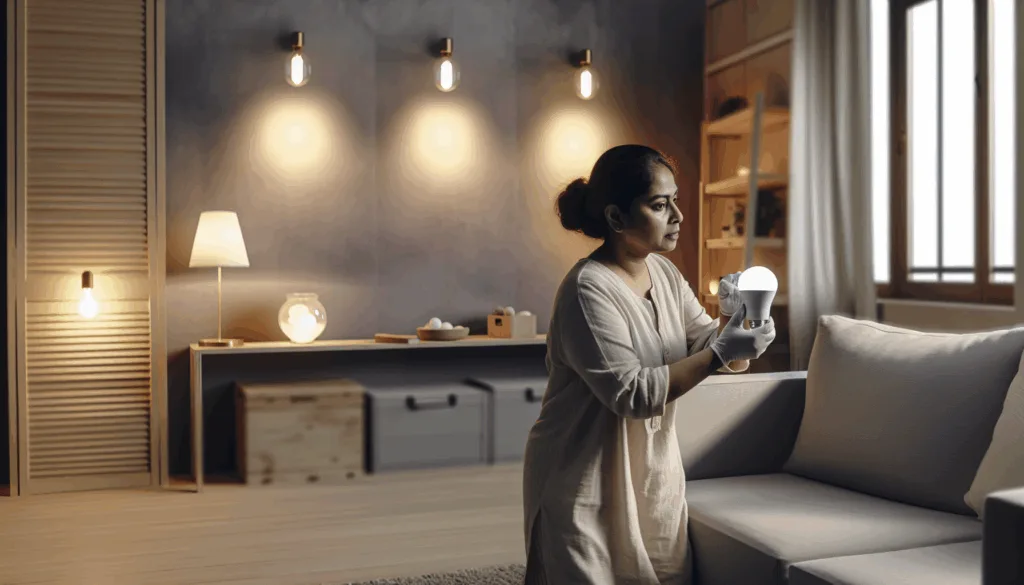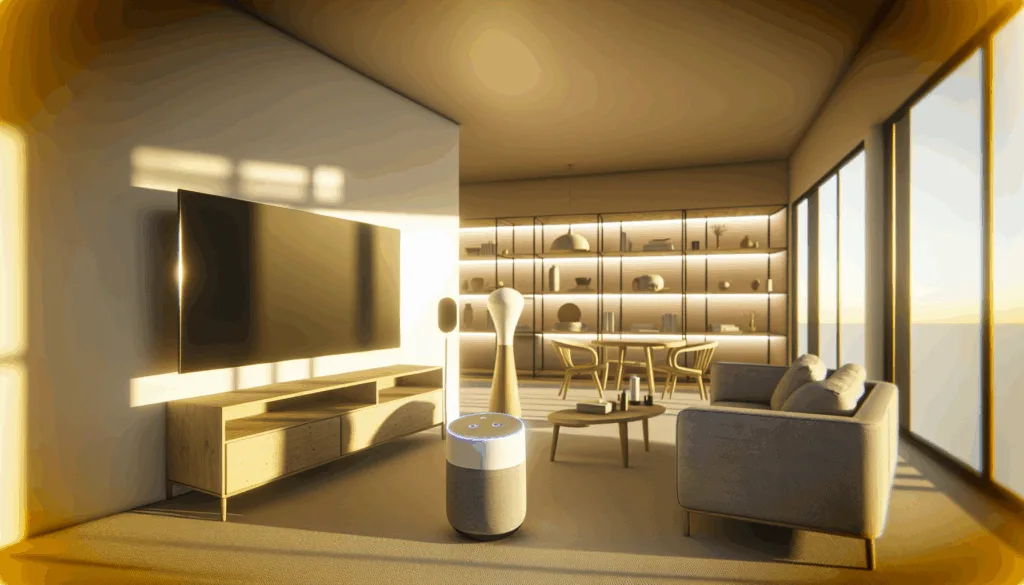Smart Home Savings: Build Your Setup for Less
In today’s fast-paced world, the allure of smart home technology is undeniable. From voice-activated assistants to automated lighting systems, the convenience and efficiency offered by these innovations are transforming everyday living. However, many potential adopters are deterred by the perceived high costs. This article will explore how you can build a smart home setup without breaking the bank, offering practical tips and insights to make your home smarter, more efficient, and budget-friendly.
Understanding the Basics of Smart Home Technology
Before diving into the cost-saving strategies, it’s essential to understand what constitutes a smart home. At its core, a smart home is a residence equipped with devices that automate tasks typically handled by humans. These devices are interconnected through the internet, allowing for remote access and control.
Smart home systems can include a variety of components such as smart speakers, thermostats, lighting, security cameras, and more. The primary goal is to enhance convenience, security, and energy efficiency. By understanding the different components and their functionalities, you can make informed decisions about which devices will provide the most value for your specific needs.
The beauty of smart home technology lies in its scalability. You don’t need to invest in a complete system all at once. Instead, you can start with a few key devices and gradually expand your setup as your budget allows. This modular approach not only spreads out the costs but also allows you to adapt your system to your evolving lifestyle and preferences.
Prioritizing Your Smart Home Needs
When building a smart home on a budget, it’s crucial to prioritize your needs. Begin by identifying the areas of your home life that could benefit the most from automation. This could be improving energy efficiency, enhancing security, or simply adding convenience through voice control.
Energy efficiency is a popular starting point for many homeowners. Smart thermostats, for example, can significantly reduce heating and cooling costs by learning your schedule and adjusting temperatures accordingly. Similarly, smart lighting systems can be programmed to turn off when not in use, further cutting down on electricity bills.
Security is another area where smart technology can provide substantial benefits. Smart cameras, doorbells, and locks offer peace of mind by allowing you to monitor and control access to your home remotely. By focusing on your primary needs, you can allocate your budget more effectively and achieve the greatest impact with your smart home setup.
Budget-Friendly Smart Devices
Fortunately, the market for smart home devices is vast, with options available for every budget. To help you make cost-effective choices, here’s a table highlighting some affordable yet high-quality smart devices:
| Device Type | Recommended Product | Approximate Cost | Key Features |
|---|---|---|---|
| Smart Speaker | Amazon Echo Dot | $50 | Voice control, smart home hub integration |
| Smart Thermostat | Google Nest Thermostat | $130 | Energy-saving features, remote control |
| Smart Lighting | Philips Hue White Bulbs | $15 per bulb | Dimmable, app-controlled, energy-efficient |
| Smart Plug | TP-Link Kasa Smart Plug | $25 | Remote control, scheduling, energy monitoring |
| Smart Camera | Wyze Cam v3 | $35 | Night vision, motion detection, cloud storage |
These devices offer a strong foundation for a smart home setup without requiring a significant financial investment. By choosing products that provide the best balance of cost and functionality, you can maximize your savings while enjoying the benefits of smart technology.
DIY Smart Home Projects
One of the most effective ways to save money on your smart home setup is by undertaking DIY projects. Many smart devices are designed with user-friendly installation processes, allowing you to set them up without professional assistance.
For instance, installing smart lighting can be as simple as replacing your existing bulbs with smart ones and connecting them to a compatible app. Similarly, smart plugs can be easily integrated into your home by plugging them into existing outlets and connecting them to your Wi-Fi network.
If you’re feeling more adventurous, consider building your own smart home hub using a Raspberry Pi. This small, affordable computer can be programmed to control various smart devices, offering a custom solution tailored to your specific needs. DIY projects not only save money but also provide a sense of accomplishment and a deeper understanding of how your smart home operates.

Leveraging Discounts and Deals
To further reduce costs, take advantage of discounts and deals available throughout the year. Retailers often offer significant savings during major shopping events such as Black Friday, Cyber Monday, and Prime Day. These sales provide an excellent opportunity to purchase smart home devices at a fraction of their regular prices.
Additionally, consider exploring refurbished or open-box options. Many manufacturers and retailers offer these products at reduced prices, and they often come with warranties and guarantees similar to new items. This can be a smart way to acquire high-quality devices without paying full price.
Another strategy is to sign up for newsletters and alerts from your favorite brands and retailers. This way, you can stay informed about upcoming sales and promotions, ensuring you never miss an opportunity to save on your smart home purchases.
Integrating Smart Technology for Maximum Efficiency
Once you’ve acquired your smart devices, it’s essential to integrate them effectively to maximize efficiency and savings. Start by ensuring that all devices are connected to a central hub or platform, such as Amazon Alexa, Google Assistant, or Apple HomeKit. This integration allows for seamless communication between devices, enabling you to create automated routines and scenarios.
For example, you can set up a routine that turns off all lights and adjusts the thermostat when you leave the house, reducing energy consumption. Similarly, you can create security routines that activate cameras and lock doors at night, providing peace of mind.
By leveraging the full potential of your smart home ecosystem, you can achieve significant savings on energy bills and enhance the overall convenience and security of your home.
Conclusion
Building a smart home on a budget is not only feasible but also rewarding. By prioritizing your needs, choosing cost-effective devices, and exploring DIY options, you can create a smart home setup that enhances your lifestyle without breaking the bank. Remember to take advantage of discounts and integrate your devices effectively to maximize efficiency and savings.
In the end, the journey to a smarter home is a continuous process of learning and adaptation. As technology evolves, so too will your smart home, offering new opportunities for convenience, efficiency, and savings. Embrace the possibilities, and enjoy the transformation of your living space into a modern, connected haven.


